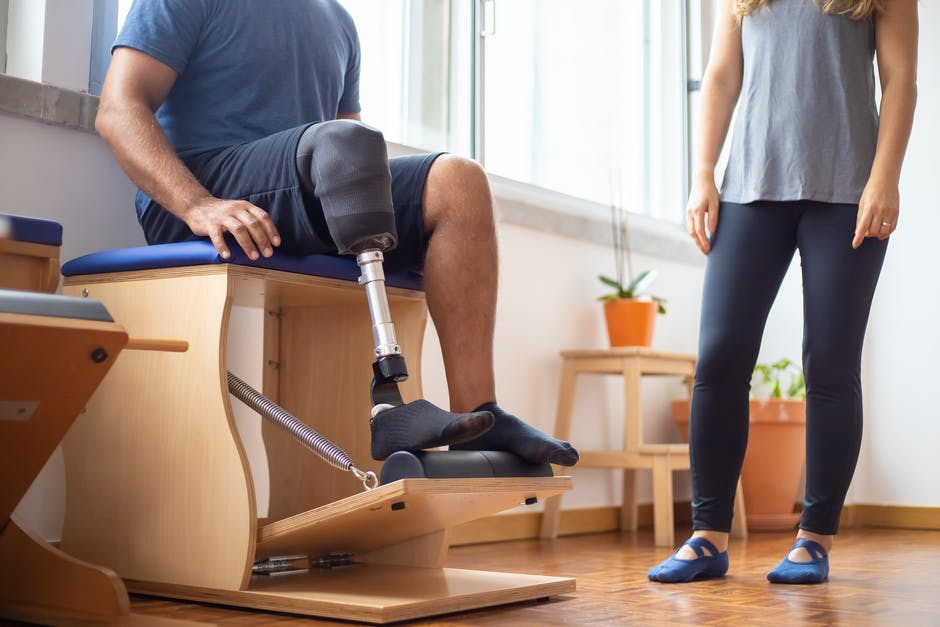 Prosthetics and orthotics help patients with disabilities regain mobility by fitting them with artificial limbs (prostheses) and orthopedic braces (orthoses). They also provide rehabilitation therapy for people who are unable to move due to injury or disease. The prosthetics company in Philadelphia treat a variety of conditions that affect movement, function and mobility. They are trained to evaluate a patient’s needs, assess their mobility, and create a treatment plan that will improve function. They select appropriate materials and components to create the best limb and orthotic device for each individual. Their practice involves a wide range of health care settings and is constantly changing with the advancement of new technologies. As a result, they must keep up with the latest research to be able to stay up to date on new advances and innovations in the field. The profession of prosthetics and orthotics is a multidisciplinary one that includes a diverse group of professionals who all work together to ensure that their patients receive the most effective care possible. The health care professionals who perform this job are prosthetic and orthotic technicians, physiotherapists, occupational therapists, speech-language pathologists, physical therapists, social workers, nurses, and physical and occupational therapists. These practitioners help patients by evaluating their health status and disability, developing an orthotic or prosthetic device that meets their unique needs, and providing ongoing support to their families and caregivers. They also help patients regain confidence in their abilities to move and function. Many of these professionals have degrees in the medical sciences, including nursing, medicine, and veterinary science. They are also well versed in the principles of physiology and biomechanics. The musculoskeletal system is an intricate part of the body, and when it is damaged or impaired, it can cause pain and difficulty with daily activities such as walking, standing and sitting. This can lead to an increase in health care costs and decrease the quality of life for the patient. As a healthcare professional, the prosthetist and orthotist is a uniquely qualified physician who understands both the medical and clinical aspects of prosthetics and orthotics. They are qualified to supervise and mentor their colleagues and to conduct research that will improve the treatment of patients with musculoskeletal disorders and limb deficiencies. They are also a member of the American Academy of Orthotists and Prosthetists, the professional organization that serves as the voice for the profession. The Academy publishes an e-update on new research in the field of prosthetics and orthotics that is available to members, as well as clinicians and consumers. The prosthetics and orthotics market is growing at a rapid rate. The growth is driven by the increasing number of people with musculoskeletal diseases such as diabetes, the rise in road accidents and supportive government initiatives. Visit this page to learn more about the torticollis baby helmet and where it can be found. The global prosthetics and orthotics market is expected to reach USD 5 billion by 2021, expanding at a CAGR of 6.9% from 2017 to 2021. The Asia Pacific region is expected to show lucrative growth, owing to the rising number of people with diabetes and increasing incidences of road accidents. To familiarize yourself more with this topic, it is best that you check out this post: https://en.wikipedia.org/wiki/Prosthesis.
0 Comments
Leave a Reply. |
AuthorWrite something about yourself. No need to be fancy, just an overview. ArchivesCategories |
 RSS Feed
RSS Feed
